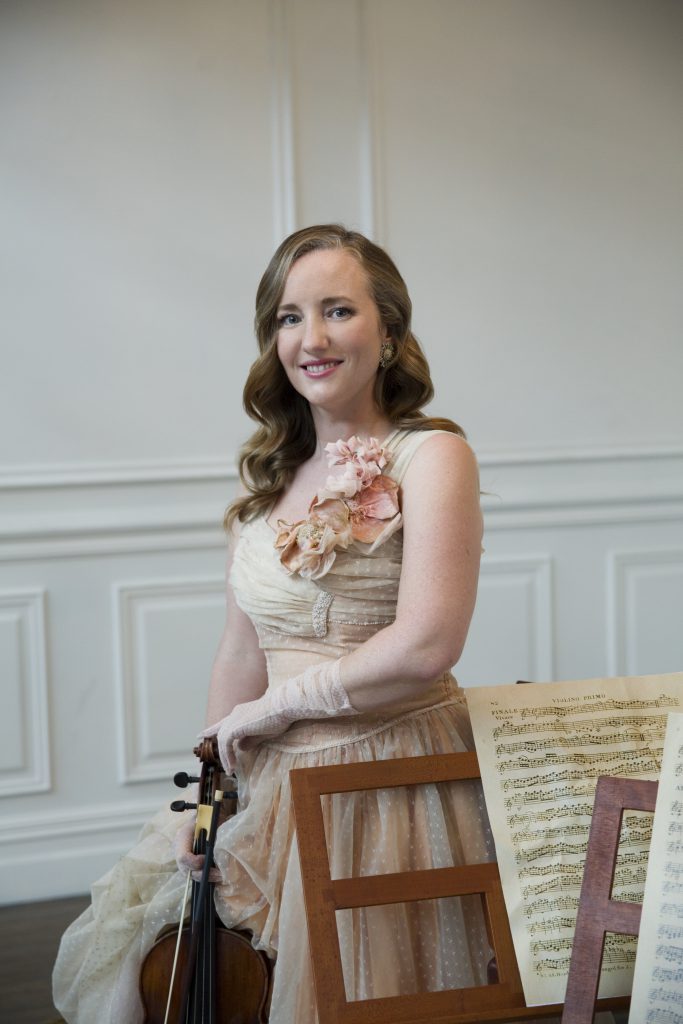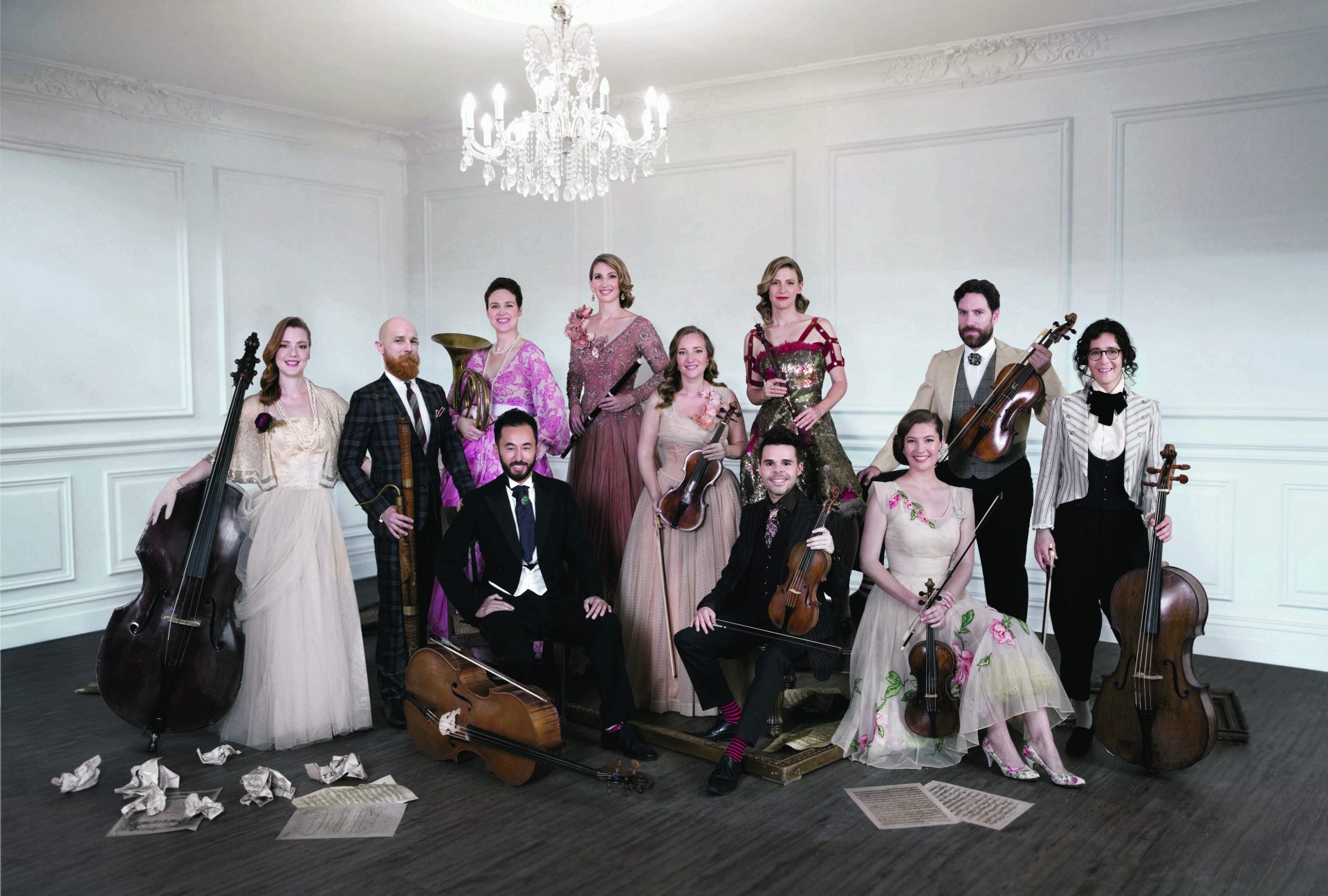The Australia Haydn Ensemble has presented yet another first-class performance, this time featuring Haydn and his stylistic protégé, Mozart.
The concert began with Haydn’s String Quartet No. 3 in C major, ‘The Bird’. It is tempting to see the piece as programmatic music, but in fact the title was a posthumous addition. The first movement in particular is replete with grace notes, evocative of the bird-song, and principal violinist Skye McIntosh’s use of portamento gave a shimmering song-like quality to the first notes of each phrase. The first movement traverses almost every emotion conceivable, with sharp but profound shifts to the minor mode between light Italianate passages. Both are executed with great virtuosity.

That theme of contrast is also to be found in the cello’s pulsating broken triads, played with great energy and skill by Daniel Yeadon, which are pitted against the cascading theme played by the principal violin. The whimsicality of the whole movement is summed up neatly in its abrupt ending – a false recapitulation of the theme.
The second movement, a Scherzo in C Major, was not quite a Scherzo and was hardly ever in C major. Instead, it had a meditative, hymn-like quality and the quartet seized upon this, with great success, as an opportunity to show their skill in conveying a variety of affects. The movement leads into a lively Allegretto that revives the bird trope in a comical duet between the violins on their high A and E strings – one of the many highlights of the performance.
The third movement was serene and warmly-textured. The audience gets the impression throughout that the principal violin, with all its virtuosic flourishes, yearns to escape the simplicity of C major only to be pulled back by the warmth of the bass. It was the calm before the storm that was the fourth movement – a manic rondo that had all the rustic passion of a Slavonic dance. The Ensemble gave a vigorous rendition but never compromised articulation and clarity; we can still see the equality in all four voices that Haydn impressed on the form of the string quartet – a response to its top-heavy Baroque antecedent, the trio sonata – as well as Haydn’s genius of reinventing, rather than repeating, complex themes. This clarity can be seen in the precision with which each section played the many turns in the theme.
It is not surprising that we see many of the same characteristics in the next piece, Mozart’s String Quartet No. 15 in D Minor, which Mozart dedicated to Haydn. It is the only string quartet in the set written in a minor key and it naturally begins with a dark first movement that is surprisingly polyphonic in some parts. It is propelled by the beating drones of the cello.
The Andante is sombre but tender and is played by the Ensemble with a quiet dignity, consistent with what Mozart wrote in the score – sotto voce. This is followed by a very compelling interpretation of the third movement, which is played with great stride throughout all sections, particularly by violist Karina Schmitz, lifting the minuet far beyond its origins as a stately dance. Yet again the Ensemble showed great dexterity in abruptly shifting styles (which is so typical of the Classical repertoire), this time suddenly to a Viennese serenade complete with pizzicato imitating the harp, the virtuosic leaps in McIntosh’s playing harking back to Haydn.
The final movement showcased everything that is wondrous about this Ensemble. The triple-notes that marked the basal theme, and which made the sicilliano something of a lullaby (perhaps for Mozart’s then-newborn son), glistened at each entry with spectacularly-executed vibrato. The warmth of Schmitz’s playing gave an entirely different character to the piece, and the forceful dialogues between violins brought out the best in violinist Matthew Greco who seems to find himself at home with any repertoire, from early Baroque to Classical and, likely, beyond.
All in all, this was a remarkable tribute to two great father-figures of the Classical sound-world and, indeed, of the string quartet.
